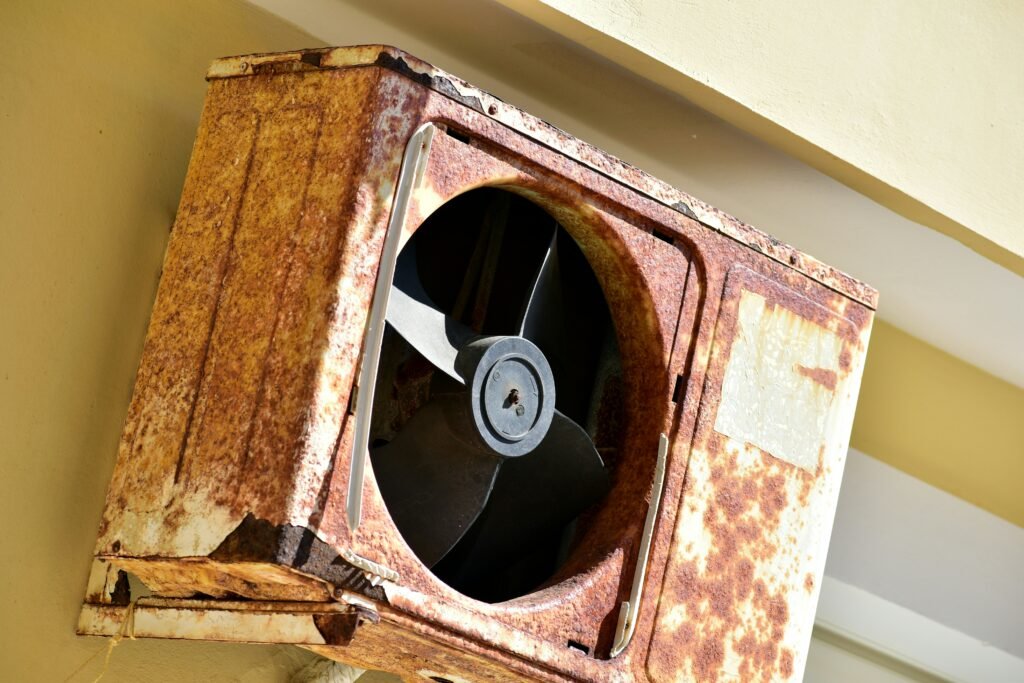Have you ever struggled with cracked or damaged plastic boxes in your home? Don’t worry, you’re not alone. Fortunately, there are expert tips and techniques you can use to repair and restore these plastic containers, making them as good as new. In this article, we will provide you with all the information you need to effectively repair cracks and damage in plastic boxes. Let’s get started!

This image is property of images.unsplash.com.
Understanding the Types of Plastic Used in Plastic Boxes
Before you begin repairing cracks and damage in plastic boxes, it’s important to understand the different types of plastic used in their manufacturing. Different types of plastic require different repair methods, so knowing the type of plastic you’re working with is crucial.
Common Types of Plastic Used in Plastic Boxes
- Polypropylene (PP): This type of plastic is lightweight, durable, and resistant to chemicals and heat. It is commonly used in food storage containers and organizers.
- Polyethylene (PE): PE plastic is flexible, impact-resistant, and commonly used in packaging materials and plastic bags.
- Polyvinyl Chloride (PVC): PVC plastic is rigid, durable, and resistant to moisture. It is often used in construction materials and plumbing pipes.
- Polystyrene (PS): PS plastic is hard, brittle, and lightweight. It is commonly used in disposable food containers and packaging materials.
- Acrylonitrile Butadiene Styrene (ABS): ABS plastic is strong, rigid, and impact-resistant. It is commonly used in electronic housings and automotive parts.
Understanding the type of plastic used in your plastic boxes will help you determine the most effective repair method.
Tools and Materials Needed for Repairing Plastic Boxes
Now that you know the type of plastic you’re working with, let’s go over the tools and materials you will need to repair cracks and damage in plastic boxes.
Tools
- Heat Gun or Hair Dryer: Used to soften the plastic for reshaping and welding.
- Utility Knife or Razor Blade: Used to clean and prepare the surface of the plastic for repair.
- Sanding Block or Sandpaper: Used to smooth out rough edges and surfaces.
- Clamps or Vise Grips: Used to hold the plastic in place while it dries.
- Plastic Welding Kit: Optional tool for welding and fusing plastic pieces together.
Materials
- Plastic Welding Rods: Matching the type of plastic used in your plastic box.
- Plastic Repair Epoxy: For filling in cracks and holes.
- Plastic Adhesive or Glue: For bonding broken pieces back together.
- Plastic Filler Compound: For repairing larger damaged areas.
- Primer and Paint: For finishing and sealing the repaired plastic surface.
Having the right tools and materials on hand will make the plastic box repair process much smoother and more effective.

This image is property of images.unsplash.com.
Repair Techniques for Cracked Plastic Boxes
Once you have gathered all the necessary tools and materials, it’s time to start repairing the cracks in your plastic boxes. Here are some expert techniques to help you fix cracked plastic containers.
Plastic Welding
Plastic welding is a popular technique used to repair cracks in plastic boxes. Here’s how you can do it:
- Clean and Prepare the Surface: Use a utility knife or razor blade to clean and roughen the edges of the cracked area.
- Heat the Plastic: Use a heat gun or hair dryer to soften the plastic, making it more pliable for welding.
- Fill the Crack: Insert a plastic welding rod matching the type of plastic into the crack and melt it with the heat gun, filling in the gap.
- Smooth and Cool: Use a wet cloth to smooth out the melted plastic and let it cool and harden.
Plastic welding is a strong and durable repair method that can effectively fuse the cracked plastic back together.
Plastic Repair Epoxy
If you’re dealing with small cracks or holes in your plastic boxes, using plastic repair epoxy can be a quick and easy solution. Here’s how to use it:
- Clean and Prepare the Surface: Clean the cracked area with soap and water, then dry it thoroughly.
- Mix the Epoxy: Follow the instructions on the epoxy package to mix the resin and hardener together.
- Apply the Epoxy: Using a spatula or putty knife, fill the crack with the mixed epoxy, making sure to cover the entire affected area.
- Smooth and Dry: Smooth out the surface of the epoxy with a wet cloth and let it dry according to the instructions.
Plastic repair epoxy is a versatile and effective solution for repairing cracks and holes in plastic boxes.
Restoration Techniques for Damaged Plastic Boxes
In addition to repairing cracks, you may also encounter other forms of damage in your plastic boxes, such as broken hinges or missing pieces. Here are some expert restoration techniques to help you restore damaged plastic containers.
Plastic Adhesive or Glue
For repairing broken pieces or reattaching detached parts in plastic boxes, plastic adhesive or glue can be a convenient solution. Here’s how to use it:
- Clean and Prepare the Surfaces: Make sure both surfaces are clean and dry before applying the adhesive.
- Apply the Adhesive: Follow the instructions on the adhesive package to apply a thin layer to one or both surfaces.
- Press and Hold: Press the broken pieces together and hold them in place until the adhesive sets.
- Cure and Reinforce: Allow the adhesive to cure completely before using the plastic box, and consider reinforcing the repaired area with additional adhesive if needed.
Plastic adhesive or glue is a simple and effective way to bond broken plastic pieces back together.
Plastic Filler Compound
If your plastic box has larger damaged areas or missing pieces that need to be filled in, using a plastic filler compound can help restore its shape and structure. Here’s how to use it:
- Clean and Prepare the Area: Clean the damaged area with soap and water, then dry it thoroughly.
- Mix the Filler: Follow the instructions on the filler package to mix the compound together.
- Fill the Area: Using a spatula or putty knife, fill the damaged or missing area with the mixed filler compound, ensuring a smooth finish.
- Sand and Finish: Once the filler has dried, sand the surface to smooth out any rough edges and apply primer and paint for a seamless finish.
Plastic filler compound is a versatile and durable solution for repairing larger damaged areas in plastic boxes.

This image is property of images.unsplash.com.
Tips for Preventing Future Damage in Plastic Boxes
Now that you have successfully repaired and restored your plastic boxes, it’s important to take preventive measures to avoid future damage. Here are some expert tips to help you keep your plastic containers in good condition for longer.
Proper Handling and Usage
- Handle with Care: Avoid dropping or mishandling plastic boxes to prevent cracks, dents, or scratches.
- Use Correctly: Use plastic boxes for their intended purpose and avoid overloading or stressing them beyond their capacity.
- Store Properly: Store plastic boxes in a cool, dry place away from direct sunlight and heat sources to prevent warping or deterioration.
Regular Maintenance and Inspection
- Check for Damage: Routinely inspect your plastic boxes for cracks, holes, or other signs of wear and tear.
- Clean and Maintain: Clean your plastic boxes regularly with mild soap and water, and keep them dry to prevent mold or mildew growth.
- Repair Promptly: Address any small cracks or damage immediately to prevent them from worsening over time.
Proper Storage and Organization
- Avoid Stacking: Do not stack heavy items on top of plastic boxes to avoid deformation or structural damage.
- Use Inserts or Dividers: Use inserts or dividers inside plastic boxes to prevent items from shifting or causing damage.
- Label and Sort: Label and sort your plastic boxes to make it easier to locate and handle them without causing damage.
By following these tips and techniques, you can extend the lifespan of your plastic boxes and keep them in good condition for years to come.
Conclusion
Repairing cracks and damage in plastic boxes may seem like a daunting task, but with the right tools, materials, and techniques, you can restore your plastic containers to their original condition. Whether you’re dealing with cracked surfaces, broken hinges, or missing pieces, there are effective solutions available to help you repair and restore your plastic boxes.
Remember to identify the type of plastic used in your boxes, gather the necessary tools and materials, and follow the step-by-step instructions provided in this article to successfully repair and restore your plastic containers. By taking preventive measures and practicing proper maintenance, you can ensure that your plastic boxes remain in good condition and serve their purpose for a long time.
We hope this article has been helpful in guiding you through the process of repairing cracks and damage in plastic boxes. If you have any questions or need further assistance, feel free to reach out to us. Happy repairing!
